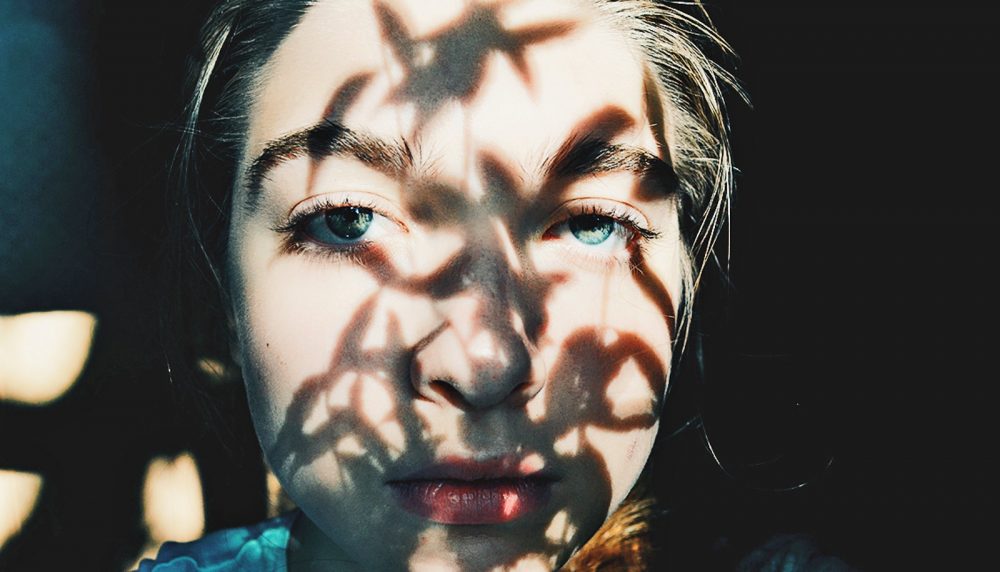
What you eat can help to control blood glucose levels, which is important to reducing the risk of developing diabetic retinopathy, a common eye complication of diabetes.
Retinopathy occurs when diabetes damages tiny blood vessels in the eye’s retina, a light-sensitive tissue at the back of the eye. Most people do not immediately notice changes in their vision. Some people, however, develop blurry vision as a result of macular edema, a condition in which damaged blood vessels leak fluid onto the macula, causing it to swell.
Prevention is Better Than Cure. Tips
- Control blood sugar
- Maintain a healthy diet with consistent intake of carbohydrate foods at meals. Bread/starch/grain, milk/yogurt, fruit/fruit juice and sweets contain carbohydrate. Increase intake of fruits, vegetables, whole grains, low-fat or fat-free dairy products and nuts. Choose foods moderate in fat and low in saturated fat, cholesterol and trans fat
- Control blood pressure
- Decrease sodium intake
- Moderate alcohol intake
- Control cholesterol levels
- Get regular physical activity: Get moderate or vigorous activity most days of the week combined with resistance training
- Lose weight if you are overweight.
- Have regular physician and dietitian visits. If you have vision problems such as ‘floaters’ in your vision or blurry vision, see an ophthalmologist immediately.
- Have regular comprehensive and dilated-eye exams, Yearly or as soon as possible during pregnancy.
- Quit Smoking. If you smoke, your risk for diabetic retinopathy and other diabetes-related eye diseases is higher. Giving up tobacco will help reduce that risk.
Healthy Plate To Reverse Diabetic Blindness
- Vegetables – ½ plate
- Watery, not starchy
- Meat/fish/poultry/tofu/eggs/nuts – ¼ plate
- Protein foods
- Bread/starch/grain – ¼ plate for one serving; may have two servings
- Includes starchy vegetables and dry beans
- Choose whole grains most often
- Milk and yogurt – use 1 small cup of coffee cup
- Skim or 1% milk, low-fat or fat-free yogurt
- Fruit – Use ½ cup dessert dish or 1 small cup of coffee cup
- 1 small fruit, ½ cup sliced fruit or applesauce, ½ cup fruit juice, 1 cup melons or berries
If you have diabetes, you can preserve good vision. Make sure you actively manage your disease with your ophthalmologist so that you reduce your risk of eye disease.